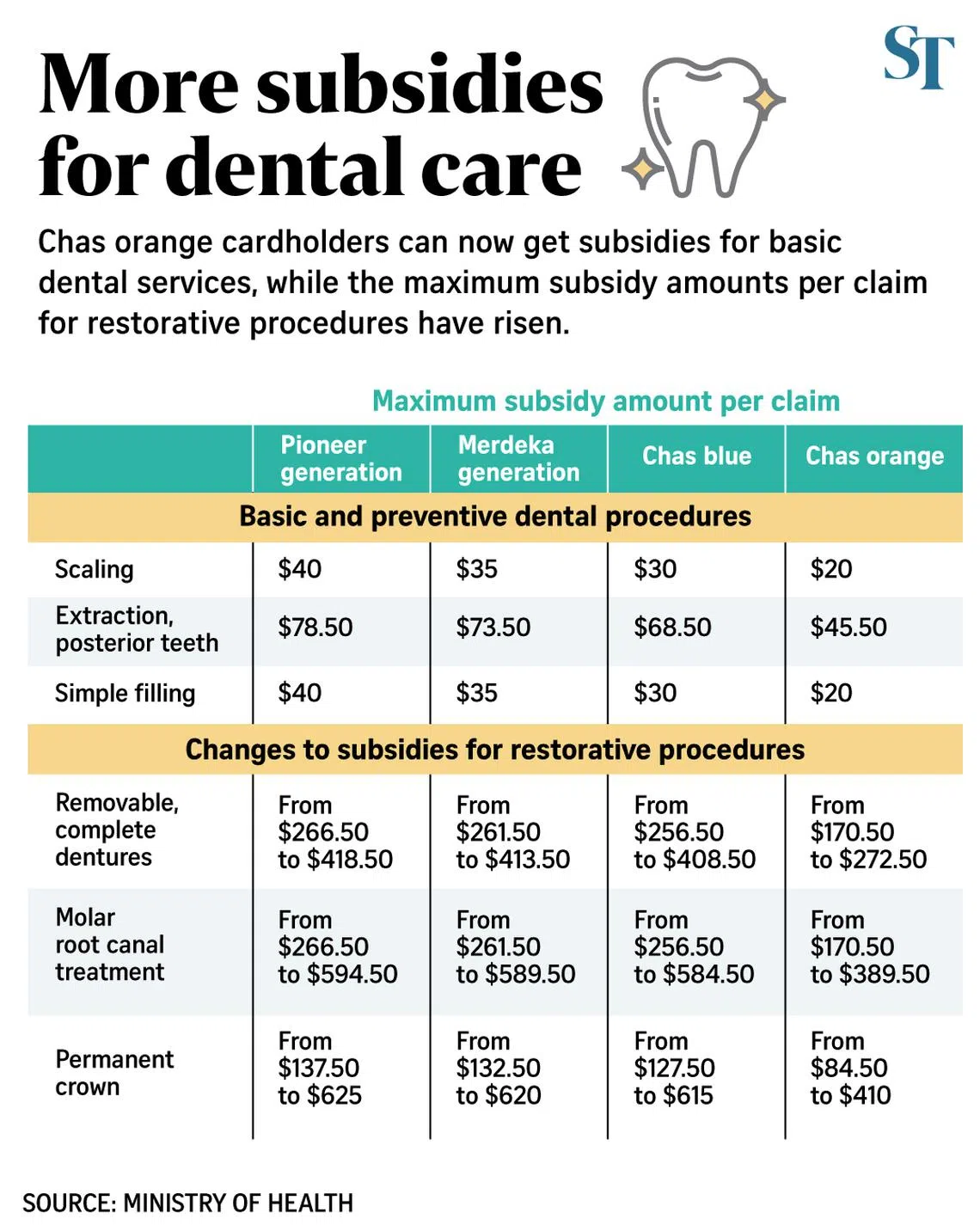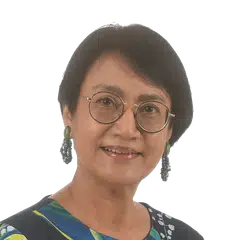Increased subsidies will benefit more Singaporeans amid rising medical costs: Ong Ye Kung
Sign up now: Get ST's newsletters delivered to your inbox

Healthcare capacity will be expanded to meet rising demand, even as the Government invests in preventive health efforts for the population.
ST PHOTO: KUA CHEE SIONG
Follow topic:
SINGAPORE – Government spending on healthcare is expected to shoot up from the $21 billion set aside for 2025 to more than $30 billion by 2030.
To help people afford the healthcare they need as costs keep rising, the Government will increase subsidies for dental and long-term care, and also increase the amount they can use from their MediSave accounts to pay for their outpatient treatments.
Healthcare capacity will also be expanded to meet rising demand, even as the Government invests in preventive health efforts for the population, such as Grow Well SG, which aims to inculcate healthy habits in children and adolescents.
Speaking at the debate on his ministry’s budget, Health Minister Ong Ye Kung said that while the Government cannot let healthcare expenditure rise uncontrollably, “it is very difficult to rein in escalating healthcare expenditure, especially when it is a matter of life and death for ourselves and our loved ones”.
The S+3Ms framework – subsidies, national insurance scheme MediShield Life, compulsory medical savings MediSave, and safety net for the poor MediFund – helps to cushion patients against increases in healthcare costs.
He said: “Today, seven in 10 patients in subsidised hospital wards pay nothing out of pocket, while eight in 10 pay less than $100.”
As part of the constant review and enhancement of the S+3Ms, the Government will allow more MediSave funds to be used for outpatient treatments.
MediSave withdrawal for outpatient scans, such as magnetic resonance imaging (MRI) scans, will go up from $300 a year now to $600 from January 2026.
The $300 a year that Singaporeans 60 years old and above can use for outpatient needs under the Flexi-MediSave scheme will be raised to $400 from October 2025.
These higher withdrawal limits will potentially benefit more than 500,000 patients who use MediSave annually for their outpatient scans, and around 700,000 patients who draw on Flexi-MediSave annually for their outpatient medical treatments.
Long-term care is another area where demand is growing with Singapore’s rapidly ageing population. Mr Xie Yao Quan (Jurong GRC) was concerned with the high cost of such service and asked if the cost could be capped.
Mr Ong assured him that his ministry has been increasing funding to support nursing home providers while also quietly imposing caps on fee increases for existing residents.
However, he also pointed out that the cost of such care has almost doubled over the last five years, from $1.7 billion to about $3 billion today. And it continues to rise.

The Ministry of Health (MOH) will significantly expand its support for seniors and their families by providing higher subsidies of up to 80 per cent, and increase the number of people who can get such help by raising the eligible per capita household income from $3,600 to $4,800. Citizens born in 1969 or earlier will receive additional subsidies of up to 15 percentage points.
The increase in subsidies will be effective from July 2026. Between now and then, the MOH will provide interim rebates to keep the fees low for Singaporeans.
The ministry is also increasing the number of hospital and nursing home beds to meet rising demand. Nursing home beds will go up from 20,000 in 2025 to 31,000 by 2030, while hospital beds will be increased from 12,000 to 15,000 over the same period.
This will require more healthcare workers. To meet the rising demand, the three medical schools here increased their student intake to 550 in 2024, up from 500 in 2020. More nurses were recruited, with 4,500 joining the profession in 2023 and 3,800 in 2024.
Mr Ong said that while the 84-year average lifespan of Singaporeans is among the longest in the world, only 74 of those years are healthy ones. “We need policies that improve population health,” he said.
One change will be to encourage better dental health. Loss of teeth diminishes the ability to chew effectively and affects people’s nutritional intake. He said: “A person needs at least 20 natural teeth to chew effectively. Unfortunately, only about half of our older population have them.”
To allow more people to preserve their teeth rather than having them extracted, MOH will raise its subsidies for restorative procedures

Mr Ong also reiterated that MOH’s main objectives are for healthcare to be available when people need it, of high quality and affordable. But he acknowledged that they are competing objectives.
“It is impossible to achieve all three fully. Something has to give,” he said.
In Britain, for instance, patients do not have to pay for public healthcare, he pointed out. As a result, demand has shot up, and there are now seven million public patients on the waiting list for elective treatments.
There, healthcare is affordable but may not always be available, said Mr Ong.
Switzerland, he noted, adopts novel medical technologies and ranks top in the world for quality. But about a quarter of the population choose not to be treated, citing high cost. Hence, it has high-quality healthcare, which is not always affordable.
“These countries offer an important lesson: If we are dogmatic and want to achieve one objective – 100 per cent – we pay a big price in the other objectives,” he said.
“But if we take a more practical approach, we can balance the trade-offs, and try to achieve maybe 80 per cent of each.”
A key to achieving this lies in a healthy population, Mr Ong stressed.
“With better health, we achieve all three at the same time – without trade-offs.”
Hence, his decision to roll out Healthier SG in 2023,
He said: “Health screening and vaccination rates are improving. Discernibly, more Singaporeans are exercising. We are happy with this good start.”


